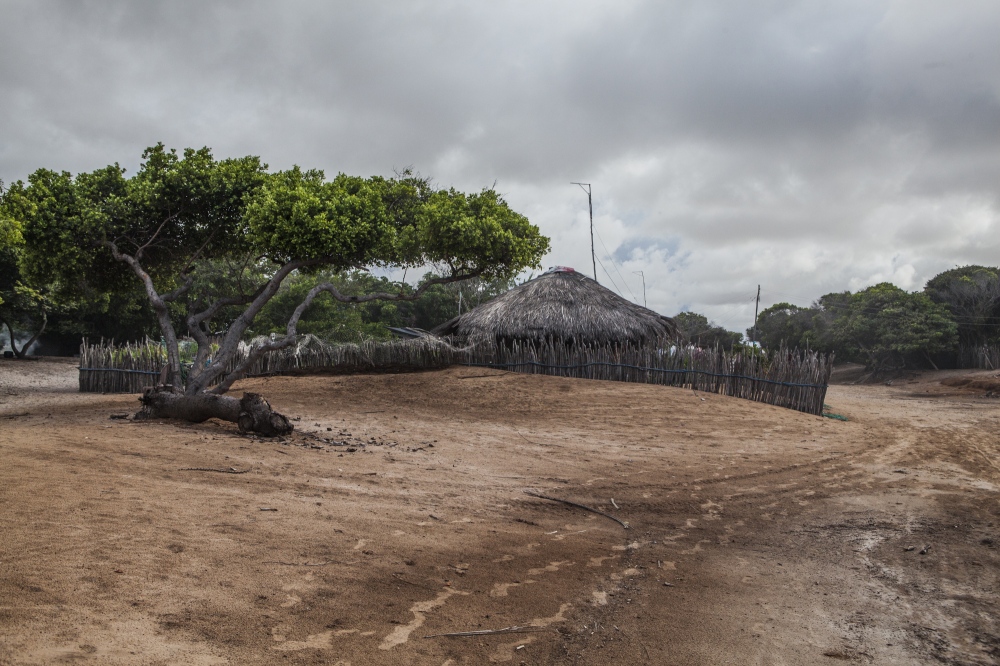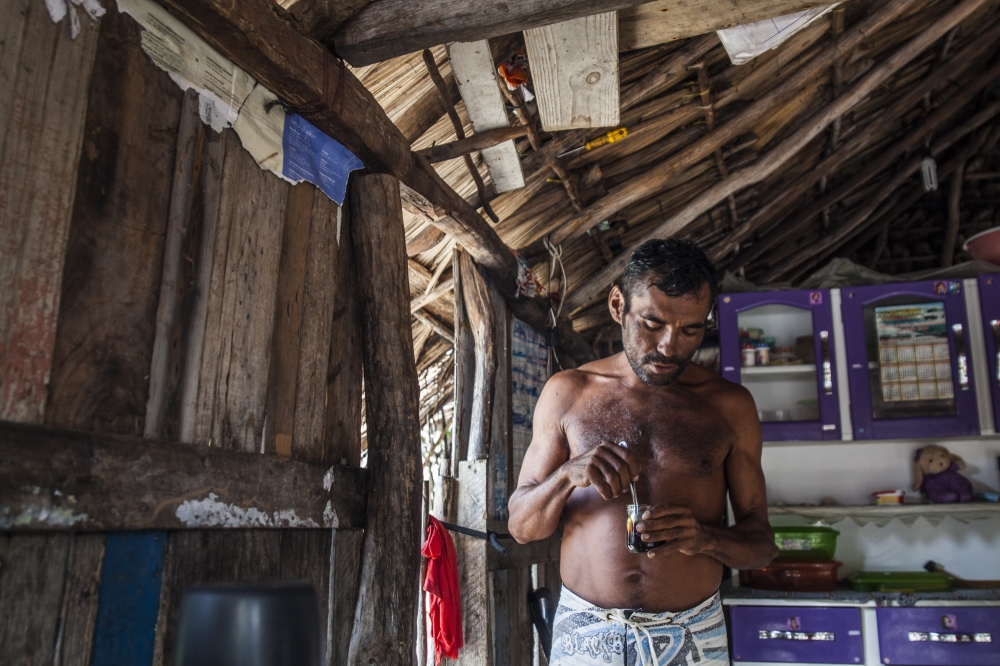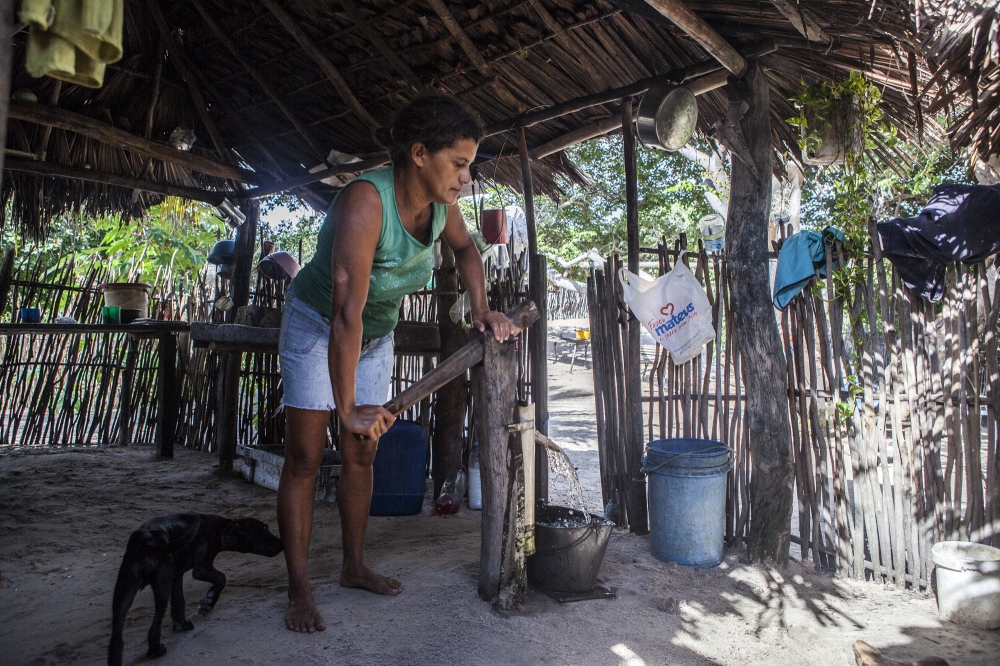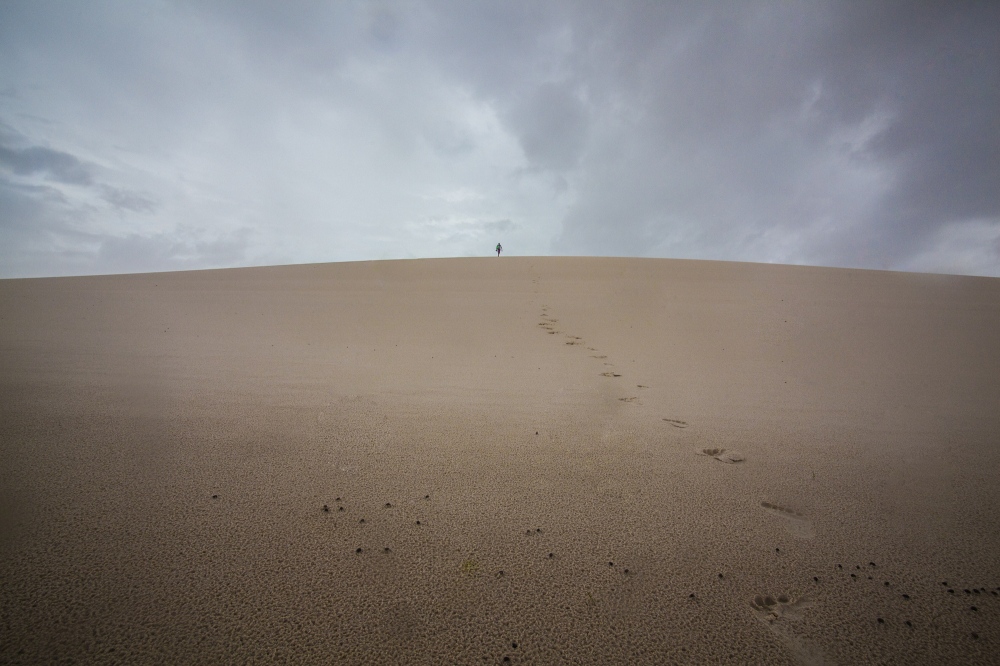Surrounded by sand and lagoons in Lencois do Maranhao National Park, an area that stretches 155 thousand hectares on the State of Maranhao in Brazil, lives a small community in an oasis called Queimada dos Britos.
No one knows when the community was founded, but the legend says that the founder Manuel Brito, left his homeland in the Ceará State due to severe drought and ended up settling down in the oasis named by the locals as "the island". Today his decedents continue to live on the oasis, often intermarrying with each other, turning every habitat into a relative.
Around 60 people live in Queimada dos Britos, but the locals are not sure since there is always someone going away or coming back. During summers they live of fishing in the sea, that is two hours away, but during the winter, they breed fish in the lagoons and raise goats, which run free on the dunes. They have small gardens for farming, but nothing major since the dunes keep moving and will cover most of them, something that has to happen with several houses in the community.
The closest village is four hours walking on the sand, but nowadays tourism is reaching the quiet life of Queimada dos Britos bringing some income, which is well received when the visitors step in. The downturn is that more and more agencies from nearby cities are bringing tourists into the park on motor vehicles, and locals claim affecting the environment and their peaceful way of life. But not only their life is threatened by the tourists and the sand, but the Brazilian Institute of the Environment and Natural Resources (IBAMA) is also planning to remove them since they live in a National Park. The residents refuse to move since many of them were born there and lived all their lives in the Queimada. They claim that more than a threat; they are a protection to the Lencois do Maranhao.
























